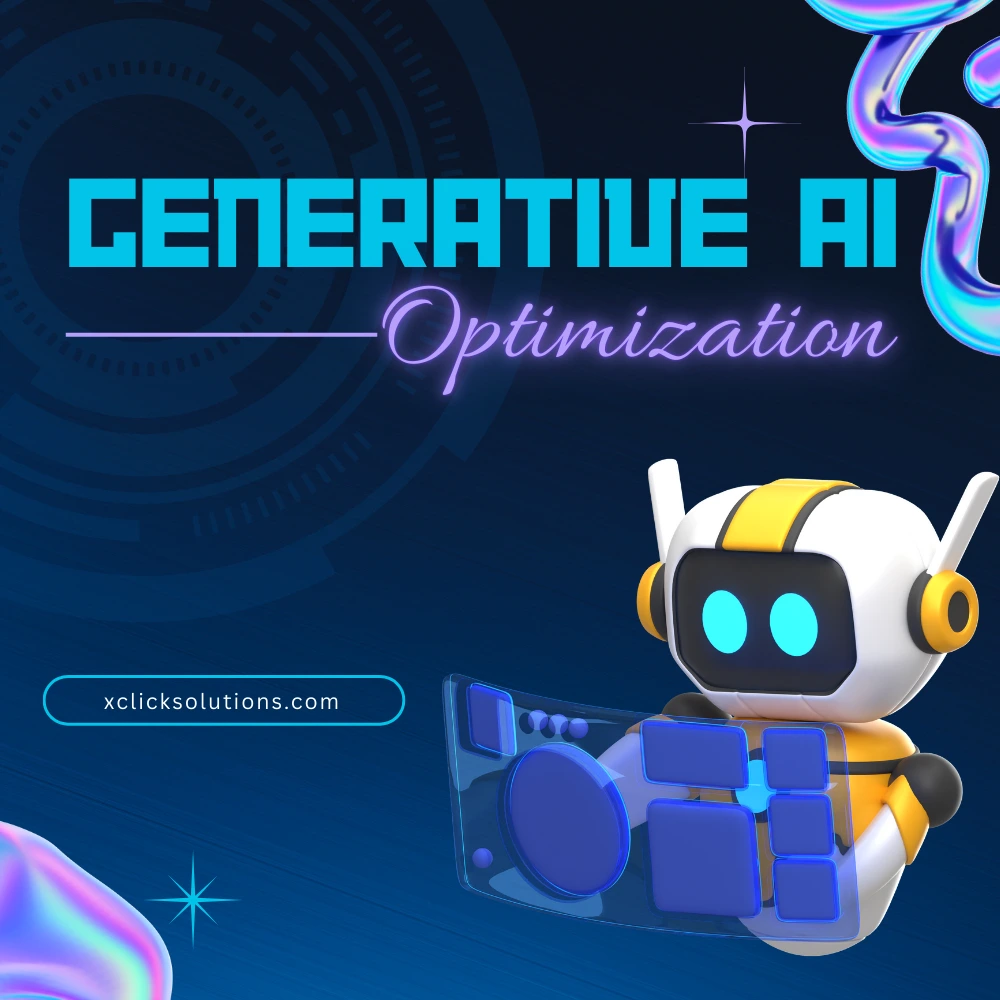
Rise of Generative Engine Optimization (GEO): How Generative AI Is Reshaping Search and Marketing
Rise of Generative Engine Optimization (GEO): How Generative AI is Reshaping Search and Marketing The digital marketing industry is experiencing
Running ads on Facebook and Instagram—together called Meta Ads—has become one of the most effective ways for small businesses to reach new customers. But if you’re a small business owner, chances are you don’t have massive advertising budgets like large corporations. You might be wondering: Can I actually see results from Meta Ads without breaking the bank?
The short answer: Yes.
In this blog, we’ll break down how small businesses can start with Meta Ads on a limited budget, the steps you should take to maximize every dollar, and the pitfalls to avoid. Whether you own a boutique, run a café, sell handmade products, or offer local services, this guide will give you practical, beginner-friendly strategies to get started.
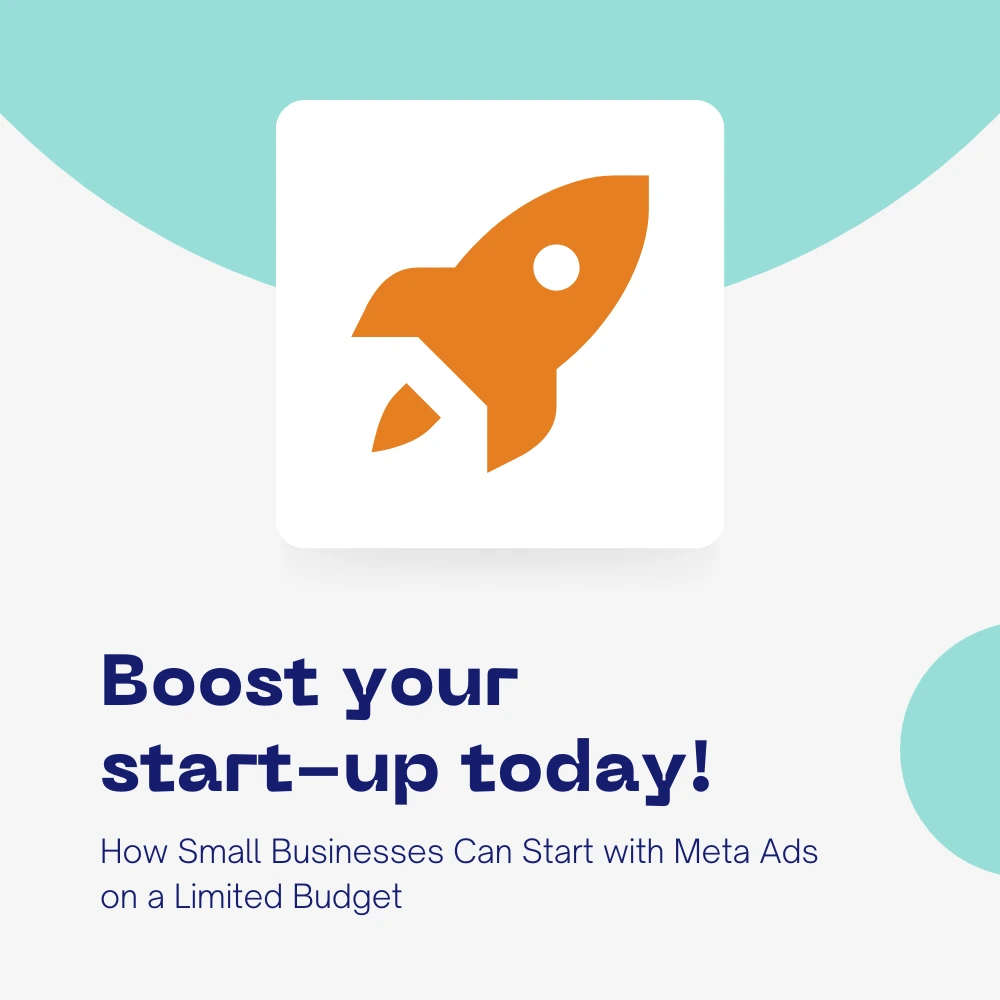
Before we get into the how-to, let’s understand why Meta Ads make sense for businesses with limited resources.
Low Entry Cost – You can start running campaigns with as little as ₹100 a day (or $5/day). Unlike traditional marketing channels, you don’t need a huge upfront investment.
Granular Targeting – Meta allows you to reach your exact audience—based on age, location, interests, behaviors, or even custom data like your email list.
Measurable Results – Unlike putting up a poster or newspaper ad, you can track impressions, clicks, leads, and conversions in real-time.
Scalable – Start small, test what works, and then scale only the winning campaigns.
For small businesses, this mix of affordability, control, and measurable impact makes Meta Ads an ideal choice.
One of the most common mistakes small businesses make is diving straight into running ads without defining a goal. Without a goal, your budget gets wasted quickly.
Ask yourself: What do I want Meta Ads to achieve for my business right now?
Some realistic goals for small businesses include:
Driving more foot traffic to your store.
Generating online leads for your service.
Increasing sales for your e-commerce store.
Growing your social media following.
Building brand awareness in your local community.
💡 Pro Tip: Start with one specific goal at a time. If you try to do everything at once with a small budget, you’ll dilute your results.
Meta Ads Manager gives you several campaign objectives. For small businesses, the most cost-effective options usually are:
Traffic Campaigns – Drive visitors to your website or landing page.
Engagement Campaigns – Boost likes, comments, and shares on posts.
Lead Generation Campaigns – Collect leads directly from Facebook/Instagram without a website.
Conversions Campaigns – Encourage people to buy or sign up on your website (requires Meta Pixel setup).
👉 If you’re just starting, Engagement or Traffic campaigns are budget-friendly and help build initial visibility. Once you gain some traction, move into Lead Generation and Conversion campaigns.
A limited budget doesn’t mean you can’t run ads effectively. The trick is to spend smartly.
Here’s how you can approach it:
Start with ₹100–₹300 per day (or $5–$10/day) for testing.
Run ads for 7–10 days before making decisions.
Don’t spread your budget too thin across too many campaigns.
💡 Pro Tip: Allocate 70% of your budget to one primary campaign and keep 30% for testing different creatives or audiences.
With a small budget, you can’t afford to show ads to everyone. You need to laser-focus on the people most likely to buy from you.
Some targeting ideas for small businesses:
Local Targeting – If you run a café, gym, or salon, target people within 3–5 km of your location.
Interest Targeting – Sell handmade candles? Target people interested in “home décor” or “aromatherapy.”
Custom Audience – Upload your customer list or retarget website visitors (if you have traffic).
Lookalike Audiences – Once you have 100+ leads or customers, create a lookalike audience to find similar people.
💡 Pro Tip: Avoid open, untargeted campaigns on a small budget. Instead, keep the audience size between 50,000–200,000 for local/specific targeting.
Even with the perfect targeting, your ads won’t work if your creative doesn’t grab attention. Remember—on Facebook and Instagram, you’re competing with memes, reels, and family updates.
Here’s how to make your creatives work without spending a fortune:
Use bright, clear images (product photos, happy customers, before/after shots).
Try short videos (15–30 seconds) made using free tools like Canva or CapCut.
Highlight benefits, not features (“Lose weight in 30 days with our gym plan” vs. “We have new gym equipment”).
Add a strong call-to-action (CTA) like “Shop Now,” “Book Your Free Trial,” or “Visit Us Today.”
💡 Pro Tip: Test at least 2–3 variations of creatives to see which one performs best.
The beauty of Meta Ads is that you can see exactly how your money is being spent. Keep an eye on these metrics:
CTR (Click-Through Rate) – Are people clicking your ad?
CPC (Cost Per Click) – How much are you paying per visitor?
CPM (Cost Per 1,000 impressions) – Is your ad reaching enough people affordably?
Leads/Sales – Ultimately, are you achieving your goal?
If one ad set is performing poorly, turn it off. Move your budget to the one that’s delivering results.
💡 Pro Tip: Don’t change campaigns daily. Wait 3–4 days to collect enough data before making decisions.
Don’t rely only on ads. Combine your organic content strategy with paid ads for maximum results.
Post regularly on Facebook/Instagram (stories, reels, posts).
Use ads to boost the best-performing content.
Encourage user-generated content (customers posting reviews, pictures, testimonials).
This way, your ads don’t carry the entire weight of your marketing—you’ll also build trust and engagement organically.
Many small businesses waste money because of these avoidable mistakes:
❌ Running ads without a goal.
❌ Targeting too broad an audience.
❌ Using low-quality creatives.
❌ Stopping campaigns too soon (ads need time to optimize).
❌ Not tracking results or learning from data.
Being aware of these mistakes will help you save money and see faster results.
Imagine a bakery in Delhi starting Meta Ads with just ₹200/day.
Goal: Increase orders through WhatsApp.
Campaign: WhatsApp lead generation ad.
Targeting: People within 5 km of the shop, age 18–45, interested in “cakes” and “desserts.”
Creative: A short video of fresh cakes being cut, with the caption “Craving something sweet? Order fresh cakes now with free home delivery.”
Results after 10 days: 180 inquiries, 40 confirmed orders.
This shows how even a small daily spend can create tangible results when done right.
Starting with Meta Ads on a limited budget isn’t about how much money you spend – it’s about how smartly you spend it.
Here’s a quick recap:
✅ Define your goal clearly.
✅ Choose the right campaign objective.
✅ Start small with your budget.
✅ Target a focused audience.
✅ Use engaging creatives.
✅ Monitor and optimize regularly.
Remember: Every big brand once started small. With consistent learning and smart execution, your small business can compete with larger players and grow steadily using Meta Ads.
At Xclick Solutions, we specialize in helping small businesses like yours transform clicks into customers with smart, data-driven digital marketing strategies.
👉 Ready to grow your business online? Contact us today for a free proposal.

Rise of Generative Engine Optimization (GEO): How Generative AI is Reshaping Search and Marketing The digital marketing industry is experiencing
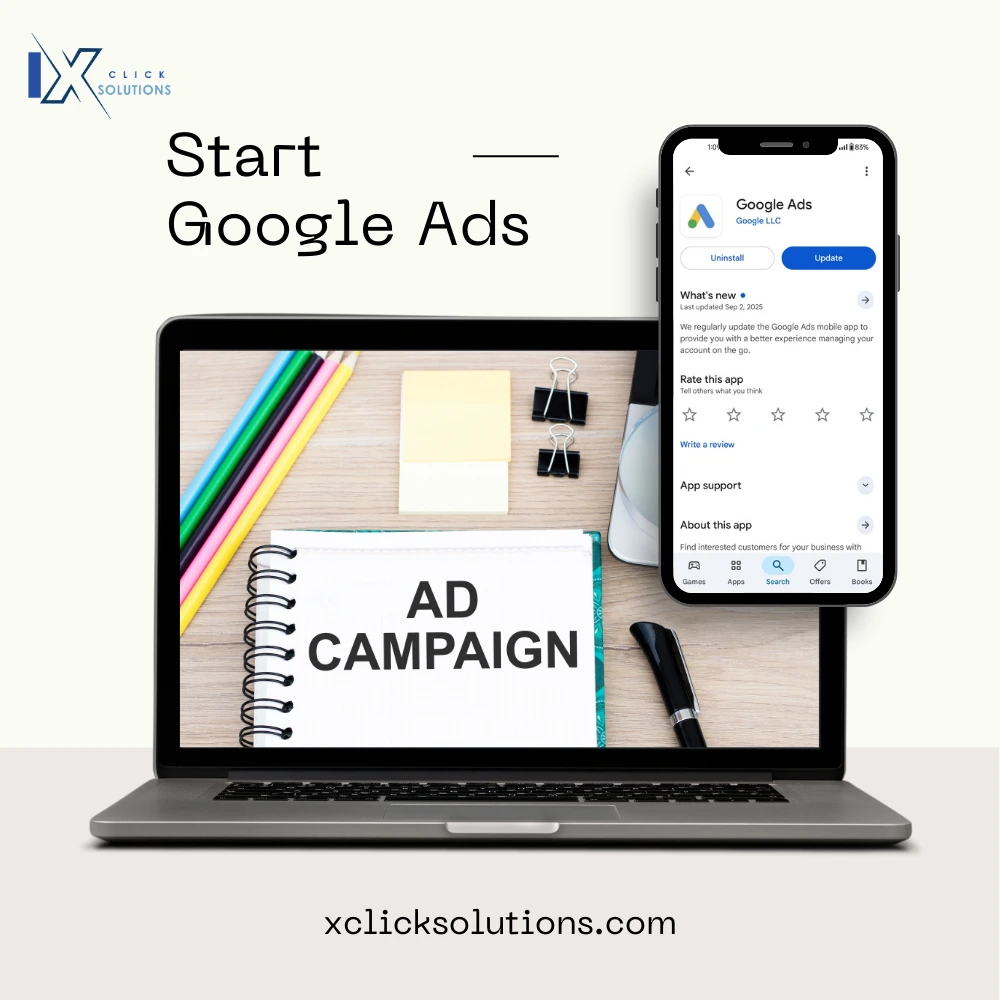
How to Start Google Ads for Your Small Business Without Wasting Money Running a small business in 2025 is no

From Clicks to Conversations: How AI Is Redefining the Future of Digital Marketing in 2025 From Clicks to Conversations A
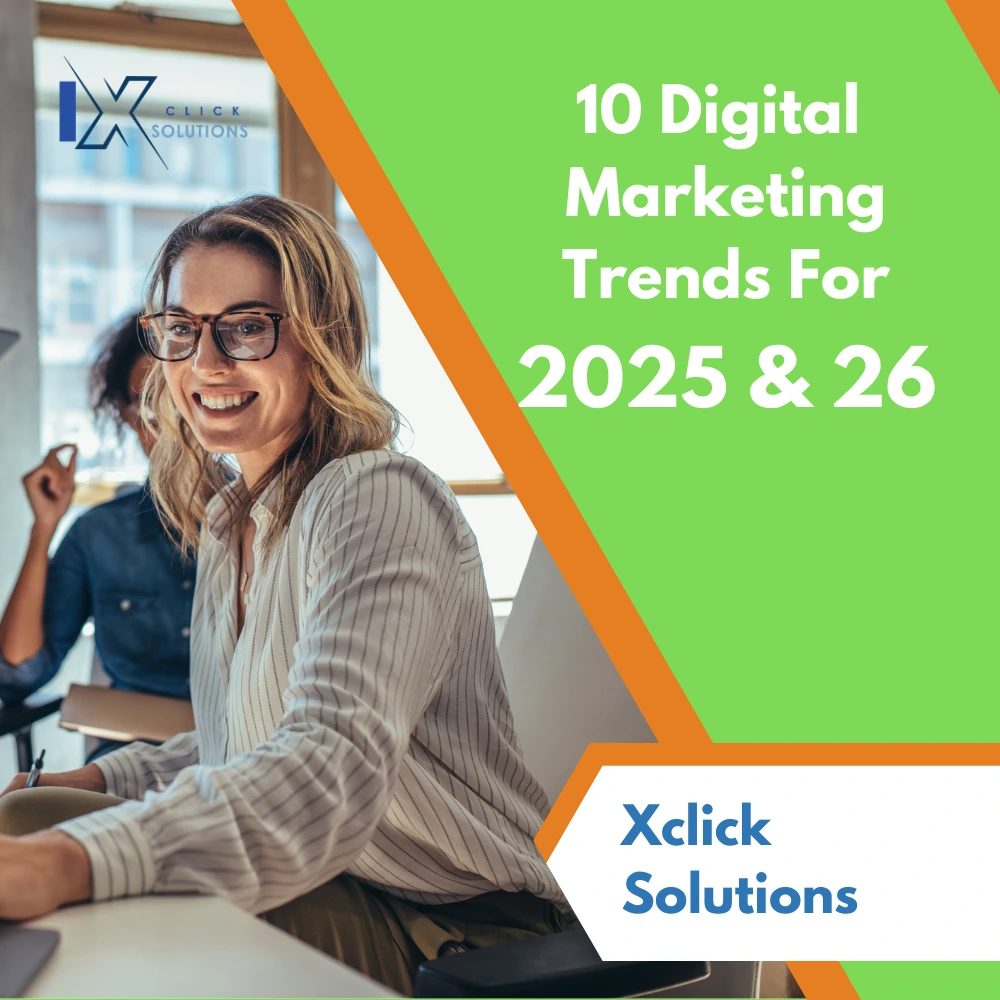
10 Digital Marketing Trends Redefining 2025 and Shaping 2026 As we step deeper into the AI-driven era, digital marketing is
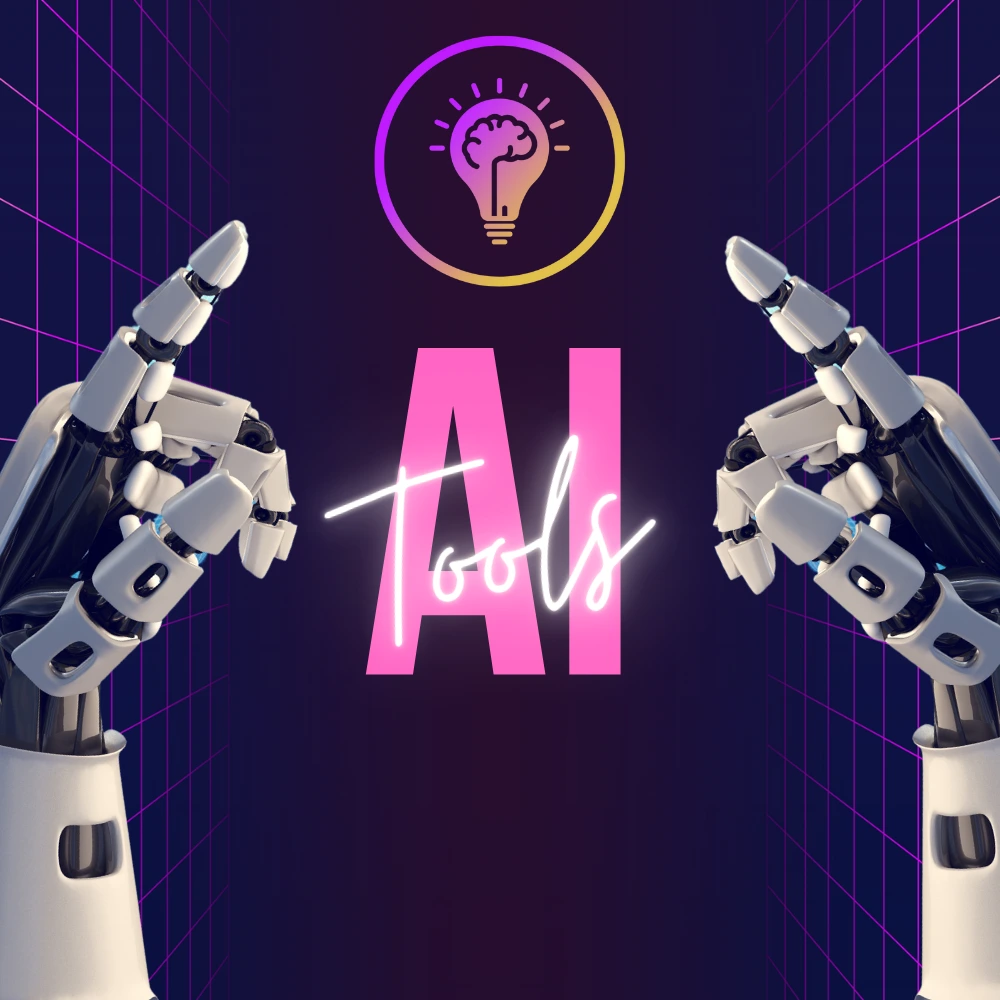
How to Use AI Tools to Supercharge Your Digital Marketing in 2025 The AI Wave in Digital Marketing The digital
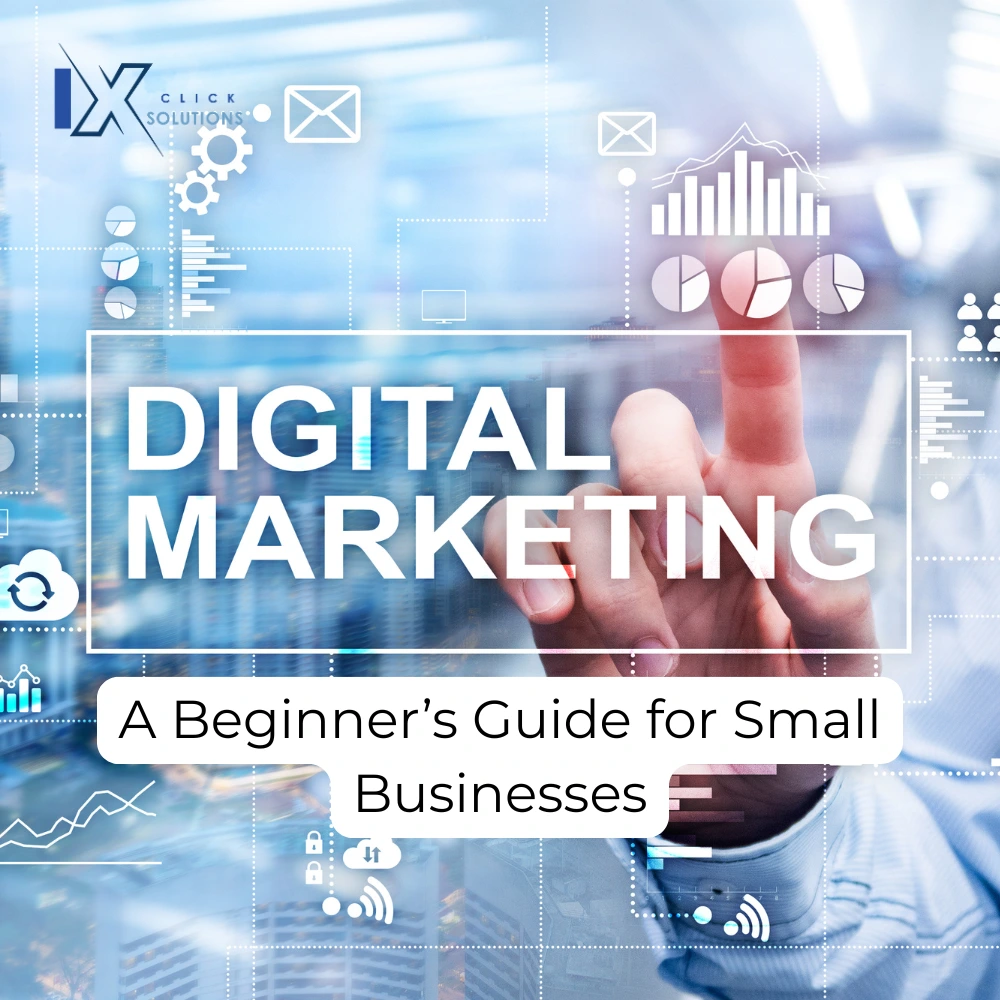
What is Digital Marketing? A Beginner’s Guide for Small Businesses Running a small business is no easy task. Between managing
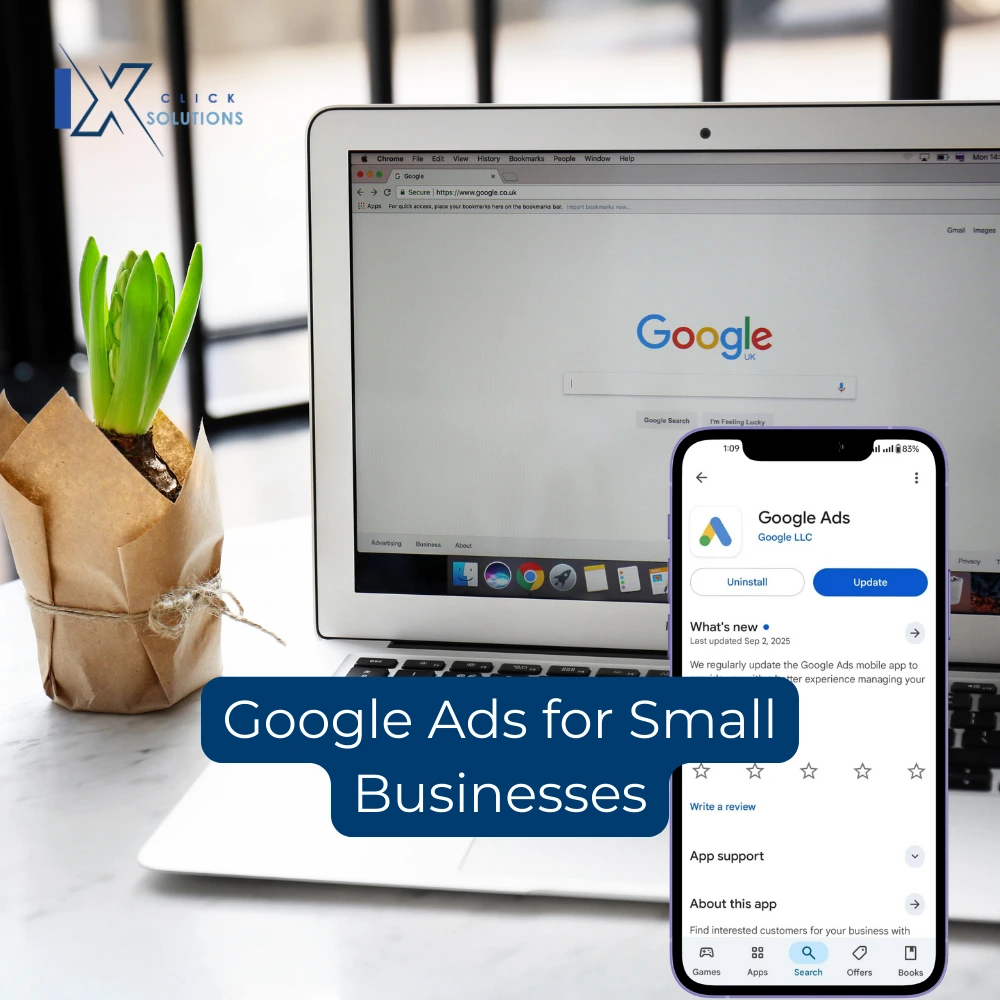
Google Ads for Small Businesses: A Complete Beginner’s Guide to Smarter Advertising Running a small business today means competing with